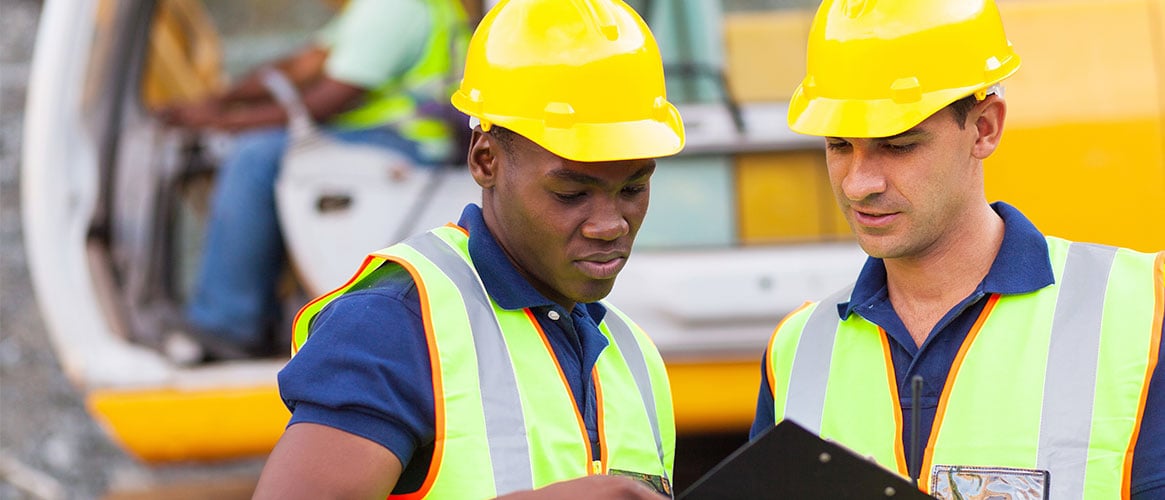The head the most important part of the body and should be protected from injuries. Wearing a hard hat is the first line of defense for the head. It protects us from potential brain damage or other head injury that results from the impact of a falling or flying object. It also protects the head from electrical shock and burns. Hard hats are required at any jobsite where these risks are present.
What your employees need to know about hard hats
The suspension system—the adjustable, inner portion of a hard hat—serves as a shock absorber. It withstands the impact from a strike to the head and spreads it out evenly over a larger area. Even if the hard hat dents or shatters as the result of an impact, it can still take some force out of the strike to the head. Just as important as having a hard hat when required is making sure it’s in good condition and fits properly.
Regular inspections are critical, as hard hats deteriorate over time. If the hard hat ever takes any type of hard impact—even if it remains intact—it should be replaced because the suspension mechanism has been compromised. Hard hats stored in extreme heat or direct sunlight may wear out sooner or damage more quickly.
What your employees need to do to use a hard hat safely
Only wear approved hard hats manufactured to meet required industry standards. For maximum protection, choose the hard hat most suitable for the work being performed. A hard hat that fits correctly will be the most comfortable and provide the best protection. A correct fit provides sufficient room between the suspension system and the hat’s shell for better ventilation and to better withstand any impact. Use a chinstrap if the hard hat comes with one.
When inspecting a hard hat, looking for damage is a good place to start. A quick test is to squeeze the sides of the hat and feel for any signs of damage. Does it make a snap or pop sound that would indicate part of it may be broken? Are there dents in the hat, cracks, gouges, frays, and breaks in the straps or suspension? If yes, the hard hat needs to be replaced.
And, hard hats will need to be replaced if the answer to any of these next three questions is yes:
- Is the hard hat more than four years old?
- Is the hard hat fading, chalky, or brittle?
- Has the hard hat suffered an impact?
It’s also important to remember that the hat’s suspension needs to be replaced every one-to-two years.
Keeping your hard hat clean can help make it last longer. Most manufacturers specify cleaning the hard hat with mild soap and warm water and letting it air dry. Never use solvents or any type of harsh chemicals to clean the hard hats because they can damage the plastic shell.

